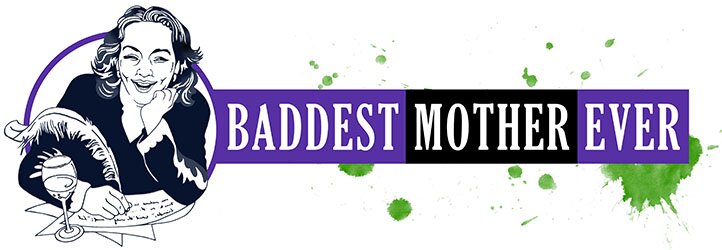“What you doin’, Mama?” Carlos asked as we sat by the tadpole pond.
“Smacking mosquitos!” Then in my mind I hissed, “Take THAT, assholes!” as I smashed two in one stroke.
“McSkeetos bite you.”
Aye, laddie, they do. I am “sweet-blooded” as Quicker used to say–a mosquito will bite me before anyone else.
The weather has been absolutely perfect the last couple of days, but I don’t spend much time outside enjoying it. As our tadpoles have grown in the brown water of the old sandbox, so have the mosquito larvae. Can’t kill one without killing the other, so our crop of baby frogs has come hand in hand with a bumper crop of blood-sucking mcskeetos (kudos to Carlos for his pronunciation) this fall. I can’t wait for the first freeze to knock them out, but it might hurt Lieutenant Dan’s Frog Brigade also.

I love watching the tadpoles grow and nibble and hop, so for now I have to put up with the cloud of mosquitos. There is no this without that.
So instead of sitting on the deck under the red leaves of the sourwood tree to have my wine, I sit inside. In this raggedy, cluttered den where Vivi is reading a Hardy Boys mystery and singing “Mama Mia” with the wrong lyrics: “Mama Mia, here we go again…my, my, just a little longer.” What the hell? Clearly, I have failed as a parent if my kid doesn’t know the words to basic ABBA songs.
There is nowhere to go in this house for a moment’s peace on a night when the kids are in moods. It’s all slamming doors, sucking fingers, and even refusing to eat tater tots. What four-year-old doesn’t eat tots? Mine, apparently. Mama mia.
After his tater tot tantrum, Carlos called me back to his room where he sat in the middle of his big boy bed that Papa made before Vivi was born. “I not mad anymore. Can I come out now? Hug?” Of course you can, my love. Tantrums and tenderness–there is no this without that. I could have a clean, peaceful house without all these kids running around…but I wouldn’t have these kids running around.
Now, when I look at that bed, I feel the new sinking hole in my chest where my dad’s death has taken up residence. I remember how excited he was to make the crib. I told him I liked quarter-sawn oak and Mission style and he was off to the workshop with wood-working magazines trailing like a cloud of dust behind him. It took months to finish the curved headboard and the narrow slats. He made extra rails so it could convert to a bed. Then he got so mad when Big Gay made him paint that beautiful oak white to match the other furniture in the nursery. And the day they hauled it over here–Daddy dropped it while loading it in the truck, scraped up the paint and was still cussing mightily hours later when they got to our house. He brought along the can of paint so we could touch up the black scrapes before the baby got here. Even after all that, we got the bed in the front door only to discover that it was too wide to make it into Vivi’s nursery…so he had to take the whole thing apart after all then reassemble it. We managed to laugh about it that day. And I’ll manage to smile about it one day when I remember. He wouldn’t have had the joy of seeing his baby grandaughter in that crib without the frustration of making it for her. There is no this without that.

At the memorial, a friend asked me how I talked to Vivi about death since I don’t believe in any kind of afterlife (other than a general conservation of energy where we get to return to being sunlight or a nice October breeze–we are all part of one organism). I told her, “We have told her her whole life that all living things die. Our bodies are machines that wear out. Dying is part of living.”
In other words, there is no this without that.










